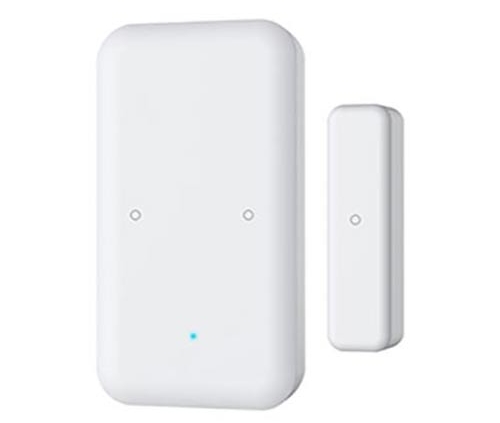Z-Wave Sensors: The Smart Way to Automate Your Home
In this article, we’ll explore what Z-Wave sensors are, how they work, and why they’re a great choice for your smart home setup.
What Are Z-Wave Sensors?
Z-Wave sensor are wireless smart home devices that use Z-Wave technology to communicate with a central hub or other smart devices. These sensors can detect motion, temperature, humidity, light, water leaks, and more. When triggered, they send signals to your smart home system, allowing automated actions such as turning on lights, adjusting thermostats, or sending alerts to your phone.
How Z-Wave Technology Works
Unlike Wi-Fi or Bluetooth, Z-Wave operates on a low-energy radio frequency, ensuring minimal interference with other wireless devices in your home. It creates a mesh network, meaning each Z-Wave device can communicate with others, extending the range and reliability of the system. This makes it ideal for large homes or setups with multiple smart devices.
Types of Z-Wave Sensors
Z-Wave sensor come in various types, each serving a different purpose. Here are some of the most popular ones:
1. Motion Sensors
Z-Wave motion sensors detect movement and can trigger actions such as turning on lights or sending security alerts. They’re perfect for home security and automation, like automatically turning on hallway lights at night.
2. Door and Window Sensors
These small sensors monitor the opening and closing of doors or windows. If a door is left open or an unexpected entry is detected, you’ll receive an instant alert.
3. Temperature and Humidity Sensors
These sensors measure temperature and humidity levels in your home. They can work with smart thermostats to maintain a comfortable indoor climate while optimizing energy use.
4. Water Leak Sensors
Placed near sinks, water heaters, or basements, Z-Wave water leak sensors detect moisture and alert you before costly water damage occurs.
5. Light Sensors
Light sensors detect ambient light levels and can be used to automate lighting. For example, they can turn on outdoor lights at dusk and off at sunrise.
Benefits of Using Z-Wave Sensors</strong>
Z-Wave sensor offer numerous advantages over other smart home technologies. Here’s why they stand out:
1. Long Battery Life
Because Z-Wave uses low energy, sensors can last months or even years on a single battery, reducing maintenance hassle.
2. Reliable and Secure
Z-Wave networks are encrypted and operate on a separate frequency from Wi-Fi, reducing the risk of interference and hacking.
3. Wide Compatibility
Z-Wave devices work with a variety of smart home hubs, including SmartThings, Hubitat, and Home Assistant. This makes them highly flexible and future-proof.
4. Scalable and Expandable
Since Z-Wave creates a mesh network, adding more devices strengthens the connection. You can easily expand your smart home system over time.
5. Remote Access and Automation
With a connected Z-Wave hub, you can control and monitor your sensors from anywhere using a smartphone app. You can also create automation routines for hands-free convenience.
How to Choose the Right Z-Wave Sensors
With so many options available, selecting the right Z-Wave sensor depends on your needs. Here’s a simple guide to help you decide:
- For security: Motion sensors and door/window sensors are essential.
- For energy efficiency: Temperature, humidity, and light sensors can optimize heating, cooling, and lighting.
- For water damage prevention: Invest in water leak sensors, especially for basements and under sinks.
- For automation: A combination of motion, light, and temperature sensors can create a truly smart home experience.
Final Thoughts
Z-Wave sensors are a powerful addition to any smart home. They enhance security, improve energy efficiency, and add convenience by automating everyday tasks. With their reliable connectivity, low power consumption, and easy scalability, Z-Wave sensors are a smart investment for any homeowner looking to upgrade their living space.



